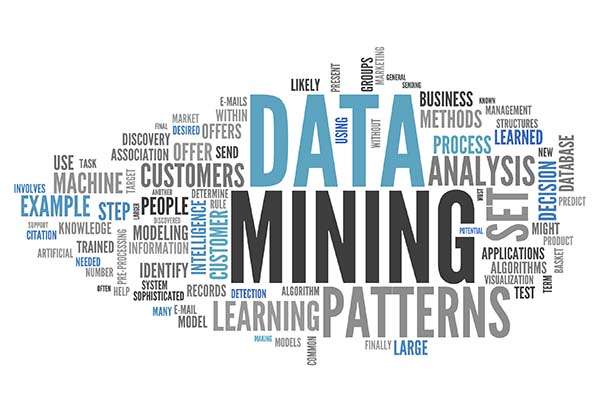advertisement
What is data mining? How analytics uncovers insights
Organizations today are gathering ever-growing volumes of information from all kinds of sources, including websites, enterprise applications, social media, mobile…

Organizations today are gathering ever-growing volumes of information from all kinds of sources, including websites, enterprise applications, social media, mobile devices, and increasingly the internet of things (IoT).
The big question is: How can you derive real business value from this information? That’s where data mining can contribute in a big way. Data mining is the automated process of sorting through huge data sets to identify trends and patterns and establish relationships, to solve business problems or generate new opportunities through the analysis of the data.
It’s not just a matter of looking at data to see what has happened in the past to be able to act intelligently in the present. Data mining tools and techniques let you predict what’s going to happen in the future and act accordingly to take advantage of coming trends.
advertisement
The term “data mining” is used quite broadly in the IT industry. It often applied to a variety of large-scale data-processing activities such as collecting, extracting, warehousing, and analyzing data. It can also encompass decision-support applications and technologies such as artificial intelligence, machine learning, and business intelligence.
Data mining is used in many areas of business and research, including product development, sales and marketing, genetics, and cybernetics—to name a few. If it’s used in the right ways, data mining combined with predictive analytics can give you a big advantage over competitors that are not using these tools.
Deriving business value from data mining
The real value of data mining comes from being able to unearth hidden gems in the form of patterns and relationships in data, which can be used to make predictions that can have a significant impact on businesses.
advertisement
For example, if a company determines that a particular marketing campaign resulted in extremely high sales of a particular model of a product in certain parts of the country but not in others, it can refocus the campaign in the future to get the maximum returns.
The benefits of the technology can vary depending on the type of business and its goals. For example, sales and marketing managers in retail might mine customer information in different ways to improve conversion rates than those in the airline orfinancial services industries.
Regardless of the industry, data mining that’s applied to sales patterns and client behavior in the past can be used to create models that predict future sales and behavior.
advertisement
There’s also the potential for data mining to help eliminate activities that can harm businesses. For example, you can use data mining to enhance product safety, or detect fraudulent activity in insurance and financial services transactions.